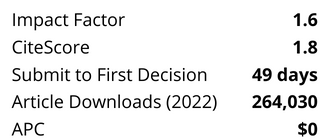Fibre-optic Distributed Temperature Sensing (DTS) is a widely used technique. The technique measures temperature with a high resolution and high frequency along cables with lengths up to kilometers. This paper focuses on the application of DTS in sewer systems with the aim of locating illicit connections, and especially on an automated way to analyze the large amount of data.
The automated procedure scans the data for sudden temperature changes that are not caused by rainfall. These changes are marked as possible illicit connections when temperature changes are significantly larger than noise levels in the measurements. By adding artificial spills to field measurements it is concluded that the procedure works for the defined spills. Also when applied to field measurements it is concluded that the automated procedure produces good results.




%20cropped.png?versionId=5954)